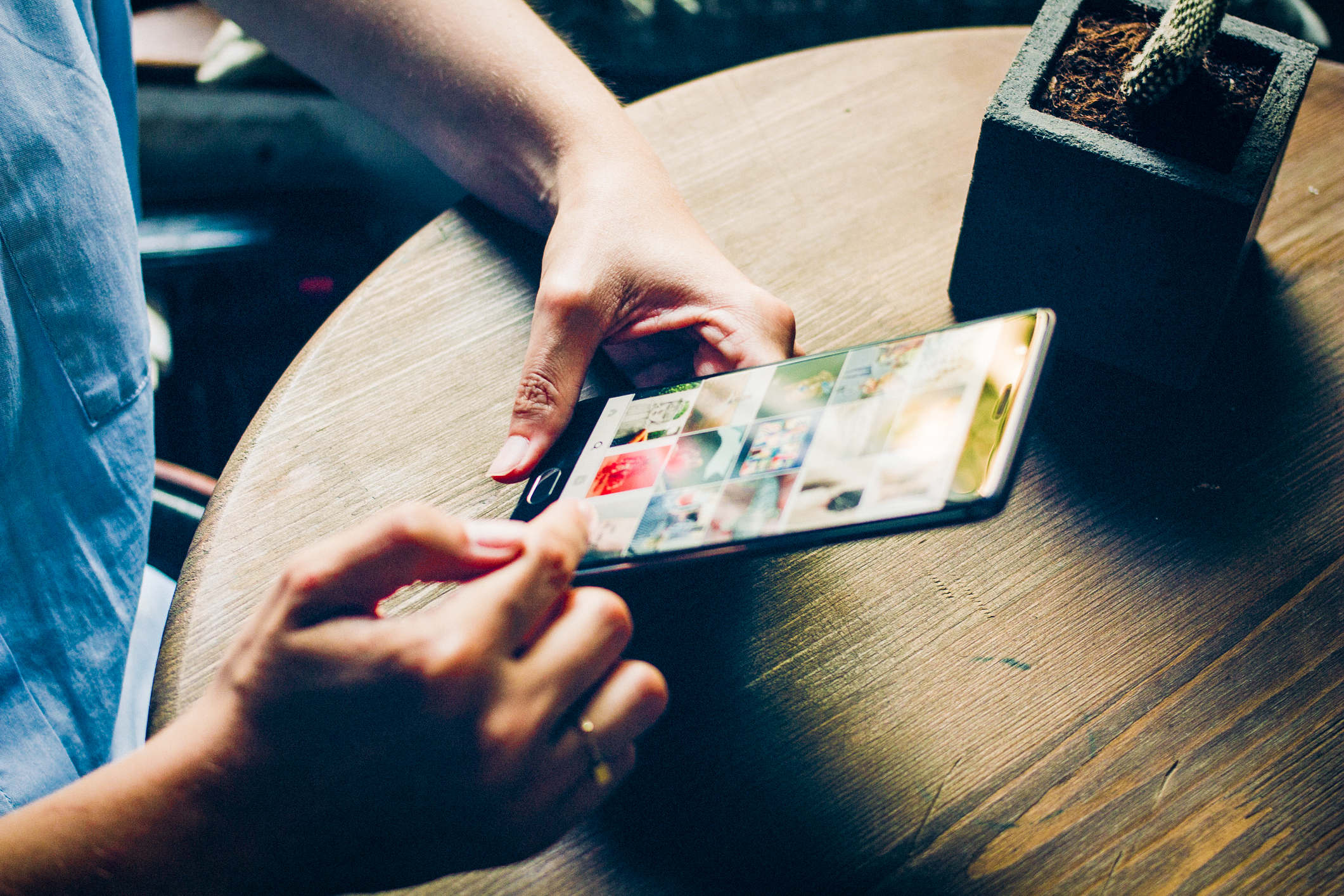The Psychology of Color: What Each Color Means to the Consumer
Brand Awareness 101: How to Impact an Audience’s Awareness of You
Earn More Qualified Leads for Less Cash
Color is more than just a unique reflection of light. Some consider color a form of expression attempting to explain the wants and needs of our human subconscious. That’s deep. In fact, we may already associate colors with certain emotions. For example, blue indicates sadness, red indicates anger, and yellow indicates happiness. Simple enough, right? Actually, the psychology of color is much more complex than we can imagine.
This department of psychology focuses on how color can relate to consumer purchase decisions and brand associations. Color psychology is often strategically implemented by advertisers to facilitate brand and consumer relationships that run much deeper than a one-time purchase. Although this ideology stems from basic color associations, advertising has truly catapulted color psychology to aid brands globally.
During the rise of conventional 20th century advertising, advertisers began integrating certain colors with campaigns to create visual associations. These associations can be conveyed through a product’s packaging, a brand’s logo, a brand’s brick and mortar location, or any opportunity where the consumer and brand meet.
What exactly do common colors mean? Each color on the color wheel can pose a different meaning to consumers. Based on deep cultural and biological associations, consumers will relate certain colors to past experiences or products they have purchased. Here’s a list of popular colors and their meanings:
Yellow – Derived from the brightness of sunshine, yellow brings about feelings of joy, positivity, and cheer. Brands pair the color yellow with positive calls to action or positive life experiences the consumer may have in relation to the brand.
Brands using yellow include Best Buy, UPS, and McDonald’s.
Orange – This color represents adventure and enthusiasm. It’s not a primary color, giving it a more relaxed interpretation of incorporating fun while taking action.
Brands using orange include Harley-Davidson, Nickelodeon, and Shutterfly.
Red – Red is a passionate attention-grabber. It enforces a sense of urgency that keeps the consumer intrigued and wanting more. When paired with yellow, this combination can often represent an attraction to food.
Brands using red include Target, Coca-Cola, and Netflix.
Purple – This color has a historic foundation relating back to royalty, nobility, decadence, luxury, and spirituality. In cases where the messaging needs to remain laid-back, it is used as an accent color.
Brands using purple include Cadbury, Hallmark, and Wonka.
Blue – Blue’s meaning is derived from natural elements like the ocean and the sky. These bring about feelings of tranquility, harmony, dependability, and relaxation. Certain shades of blue can provoke more somber emotions, like sadness or distance.
Brands using blue include Facebook, Walmart, and Ford.
Green – Green is even more so connected to nature than other colors on the wheel. It symbolizes growth, charity, and prosperity.
Brands using green include Whole Foods, Spotify, and Animal Planet.
White – Although not necessarily a color, white is used to display purity, cleanliness, and minimalism. When white is paired with grey or black, a unique contrast can create interest and capture the consumer’s attention. This mimics the ideology behind yin and yang.
Brands using white include Apple, Nike, and The New York Times.
With color psychology’s growing popularity in major advertising campaigns, it’s no wonder companies of all sizes are using the same branding technique to reach consumers. No matter which colors your brand uses to capture the attention of your target audience, a trusted advertising partner will be able to guide you through the dos and don’ts of color association. Hardcore Advertising, the full-service advertising agency based out of South Florida, is prepared with the tools to elevate your business. From strategic digital placements to targeted campaigns, the agency’s efforts are never short of yielding Hardcore results.
For more info on what Hardcore Advertising can do for your business, contact our team.





